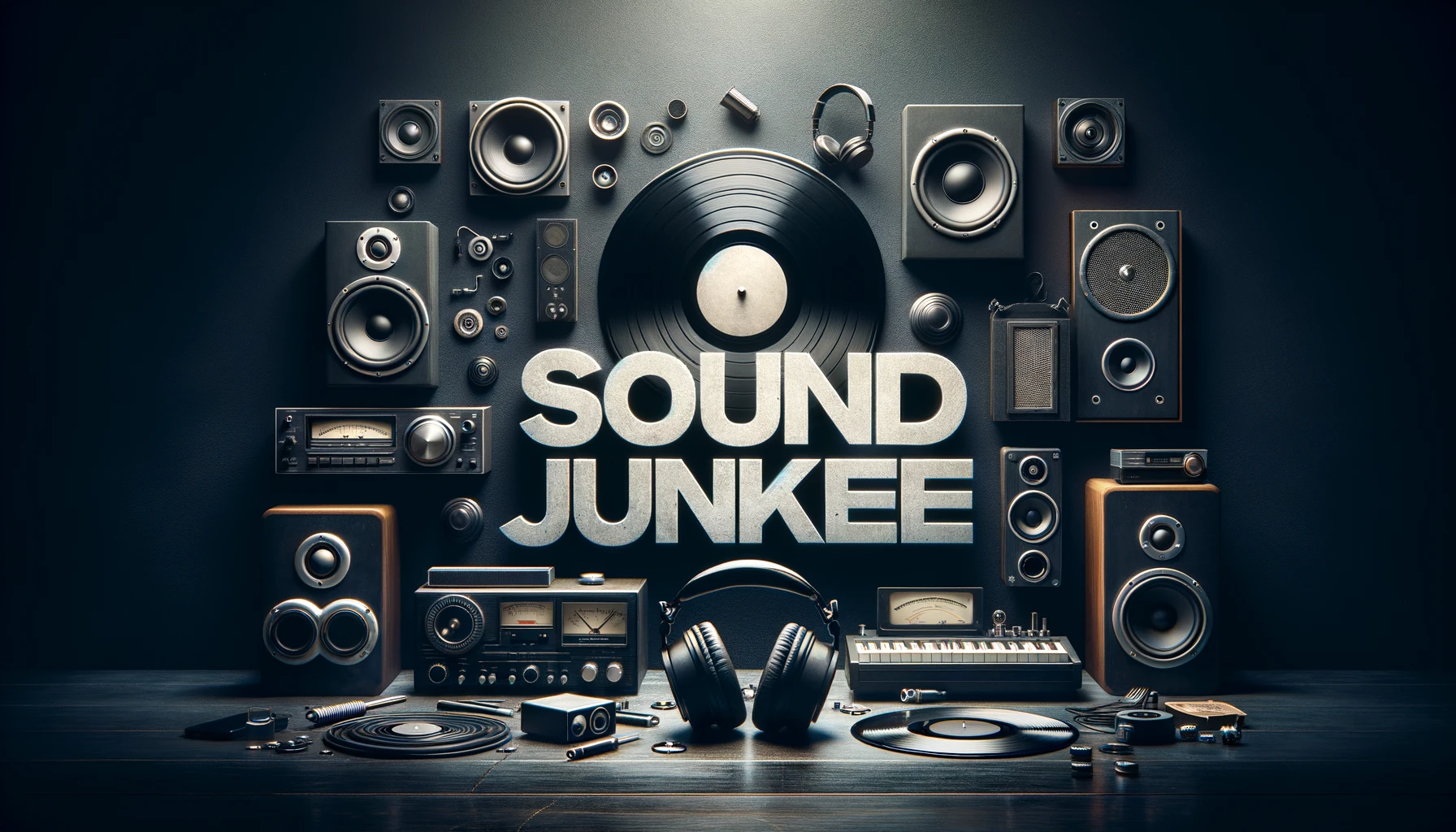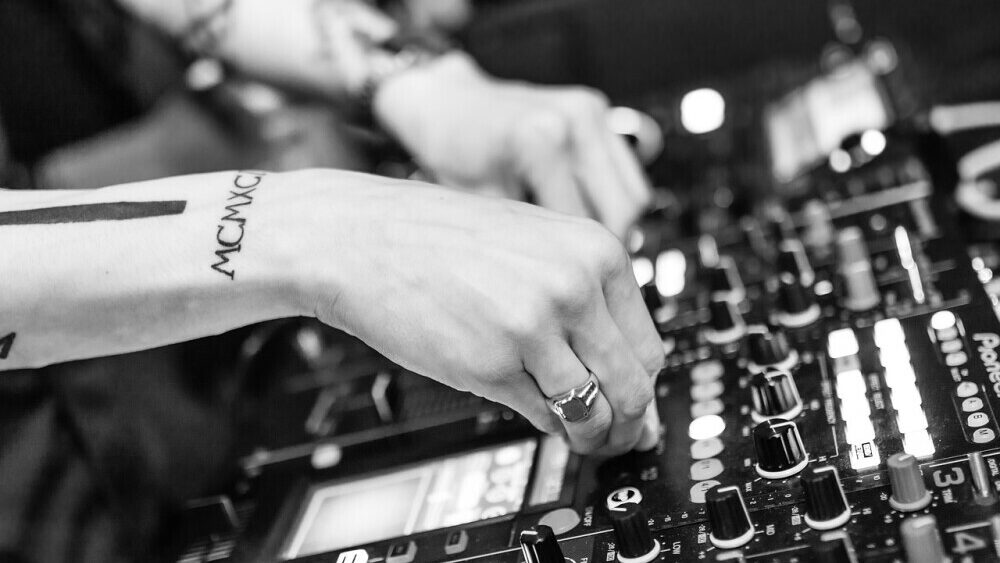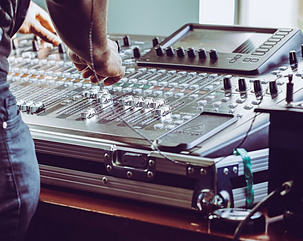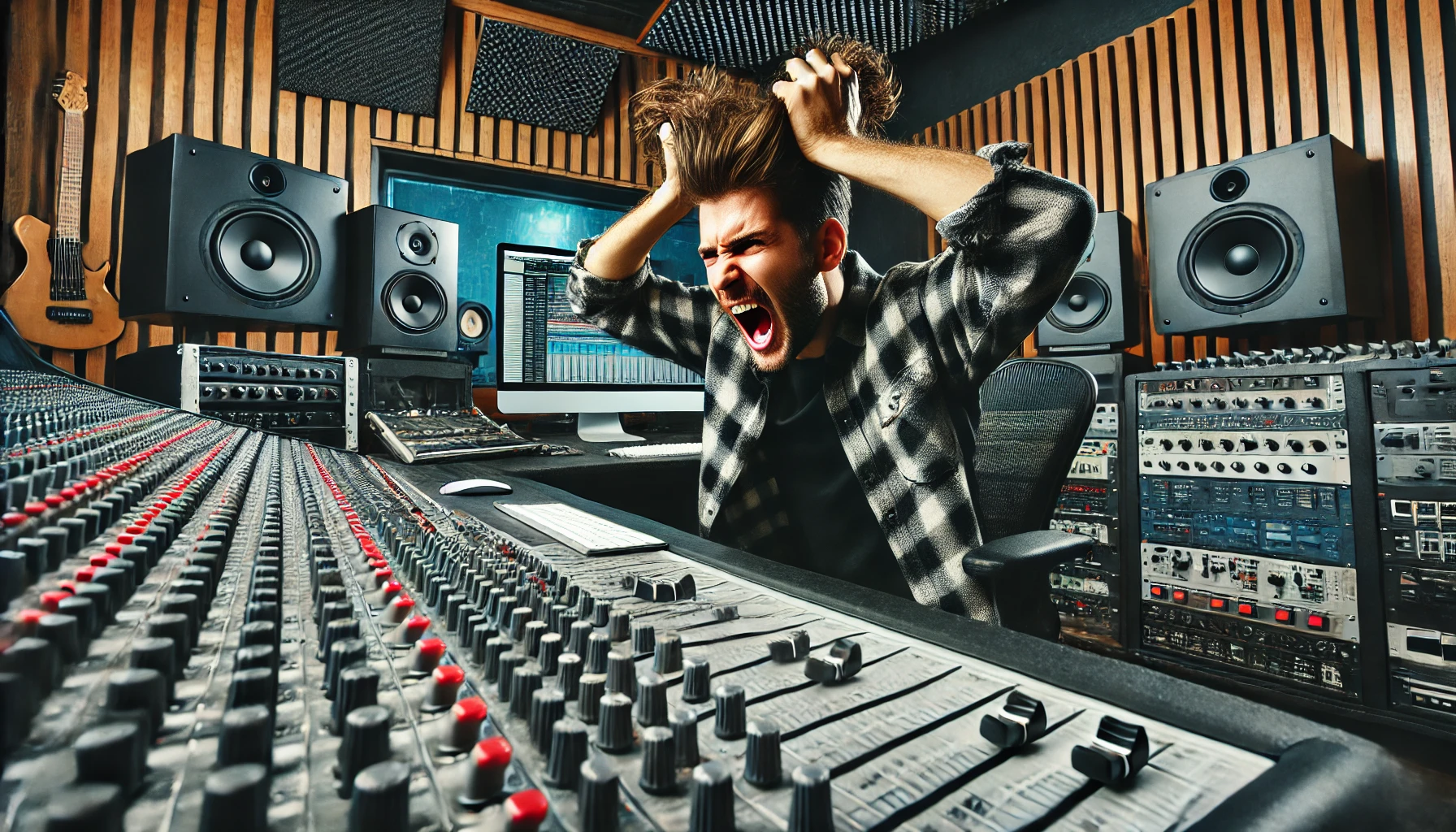Mastering audio for different platforms can seem confusing. The truth is, no two platforms are the same. Whether it’s YouTube, Spotify, or a podcast, each has its unique set of audio specifications and audience expectations.
It all comes down to different LUFS settings and loudness limits.
Table of Contents
The goal is to ensure your audio content doesn’t just exist but THRIVES on these platforms.
And the secret sauce? Tailoring your audio to both the user behavior and the platform’s algorithm. For instance, YouTube’s algorithm favours clear, balanced sound as it enhances viewer engagement, while Spotify users expect studio-quality tracks as they’re often in search of music or podcasts to immerse in.
Learn more about the gear needed to record a podcast here.
It’s crucial to grasp why quality audio matters so much. Ever clicked away from a video or track because of poor sound? You’re not alone. High-quality audio is paramount for discoverability and for keeping your audience on the hook.
Plus, with the majority of content consumed on mobile devices, your audio needs to withstand the challenge of tiny speakers while still delivering an immersive experience.
The Technical Side of Audio Mastering for Digital Platforms
When you master audio, you must pay close attention to the technicalities. Different platforms have varied technical requirements that can significantly impact the listener’s experience. Here’s a snapshot of what you need to consider.
Audio file formats and bit rates are essential elements. Platforms like YouTube prefer certain formats, like AAC for videos, because of their efficiency and quality. Podcasts often opt for MP3 or AAC as well, balancing quality with smaller file sizes that are easier for users to download and stream.
But it’s not all about file types; it’s also about sound quality. Achieving the right loudness levels without compromising on dynamics and clarity can be a juggling act. You want your audio to be loud enough to hear on noisy buses but not so compressed it loses its life.
Learn how to get your mix radio-ready, but also prepared for streaming here.
Think of your audio as a dish that needs the right balance of spices. Overdo the compression, and you risk a bland, flat sound. Ignore it, and your audio might be too dynamic for listeners to enjoy without constantly adjusting the volume.
High-quality audio also considers the listener’s environment. If your target audience uses earphones or high-end audio systems, mastering for these specifics ensures a consistent experience across devices.
Finally, advanced techniques in mixing and equalization might come into play, especially when fine-tuning for different genres or content types. The punchy bass suited for a music track on Spotify might overload a spoken word piece meant for a podcast platform.
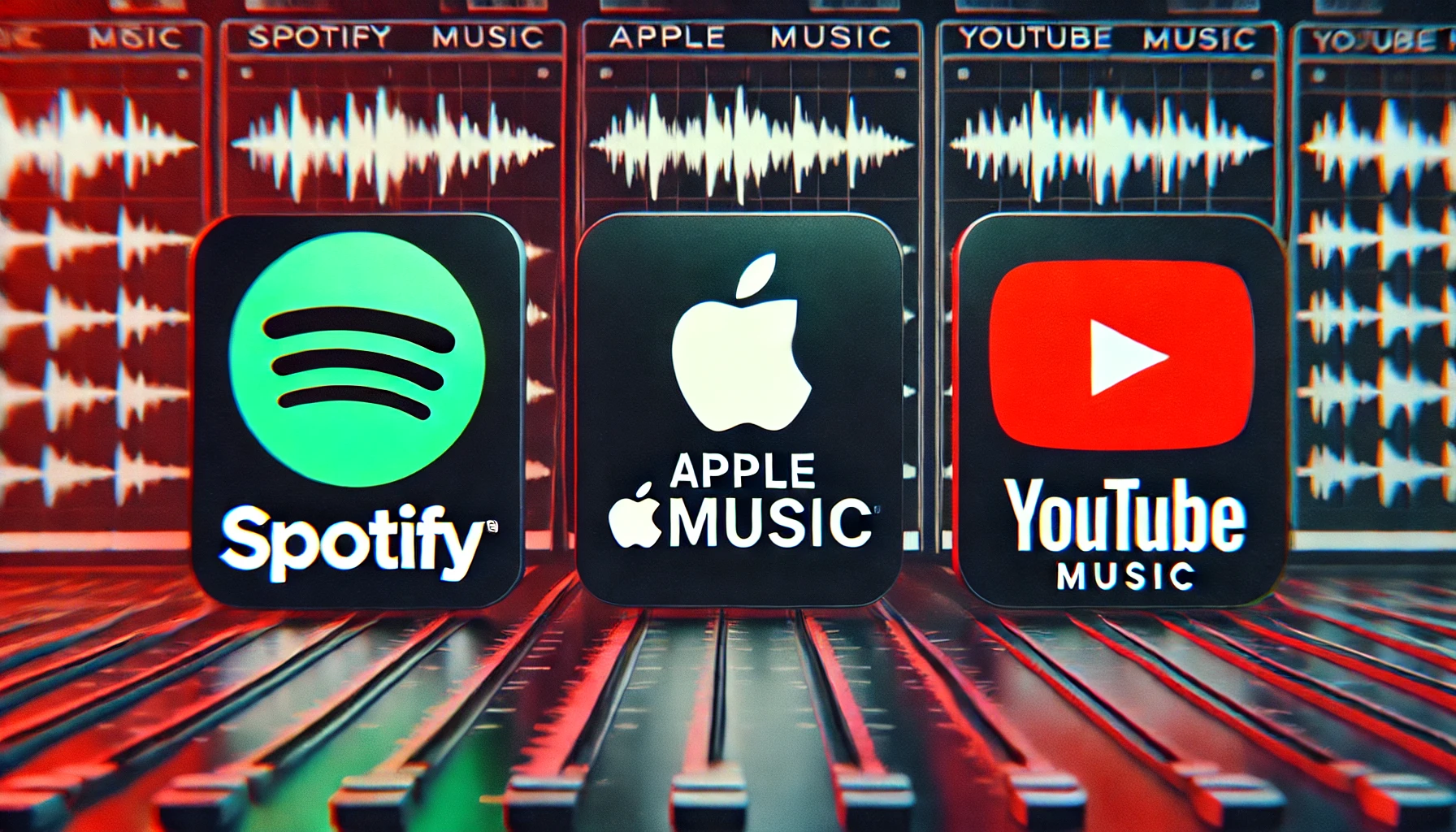
Creative Considerations for Platform-Specific Audio Content
I shape my audio content with an ear for what’s going to resonate with my audience. That’s how I know that what works for a podcast listener looking for a detailed discussion doesn’t necessarily hit the mark for someone scanning a Spotify playlist for the perfect workout track.
I ponder the music or podcasts I enjoy and find that the genre often dictates the style of audio production. For instance, a bass-heavy mix might be ideal for electronic dance music streaming on a club-focused platform but could be overpowering for the spoken word in a narrative podcast.
Creating a distinct audio brand is key in a crowded market. I ensure that my audio identifiers, like jingles or voice-overs, are not only clear and memorable but also consistent with my brand image and the platform it’s intended for.
It’s a fact that narrative and the emotional journey within audio content hooks listeners. Crafting a story through sound, be it through strategic pauses, shifts in tone, or varied pacing, can make my content unforgettable.
I make sure I’m not just producing sound but delivering an experience that taps into the listener’s emotions.
As this section transitions into the next, I underscore the importance of not only mastering the creative side of audio but also leveraging the right tools and technologies to bring those soundscapes to life with the highest quality.
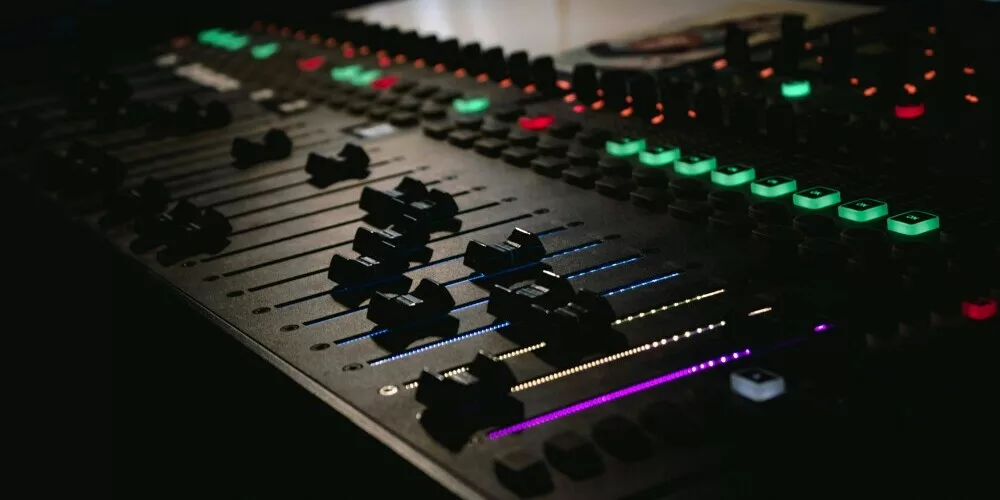
Leveraging Tools and Technology for High-Quality Audio
Choosing the RIGHT software and tools can make a world of difference in the quality of your audio. Whether I’m working on a podcast episode or a music track, I cannot stress enough the importance of having a reliable audio editing suite.
Programs like Pro Tools, Adobe Audition, Audacity, and Logic Pro offer various features that cater to different needs; some are more suited for complex editing, while others are user-friendly for beginners.
Investing in the right recording equipment also plays a pivotal role.
The microphone, for instance, is your first line of defense against poor audio. You don’t always need the most expensive model, but ensure that it’s suited to the acoustics of your recording space. Alongside, high-quality headphones and monitors are invaluable for accurate audio editing.
I’ve observed an increased role of artificial intelligence in audio mastering, which can be an absolute game-changer, especially for creators who might have more passion than technical expertise.
AI-assisted software can help equalize and master tracks almost automatically, adapting the sound for different platforms. But as much as I appreciate technology, remember: it doesn’t replace the human touch completely.
Combining these tools and technologies streamlines the mastering process and allows me to deliver audio content that meets both my high standards and the expectations of listeners, no matter the platform they use.
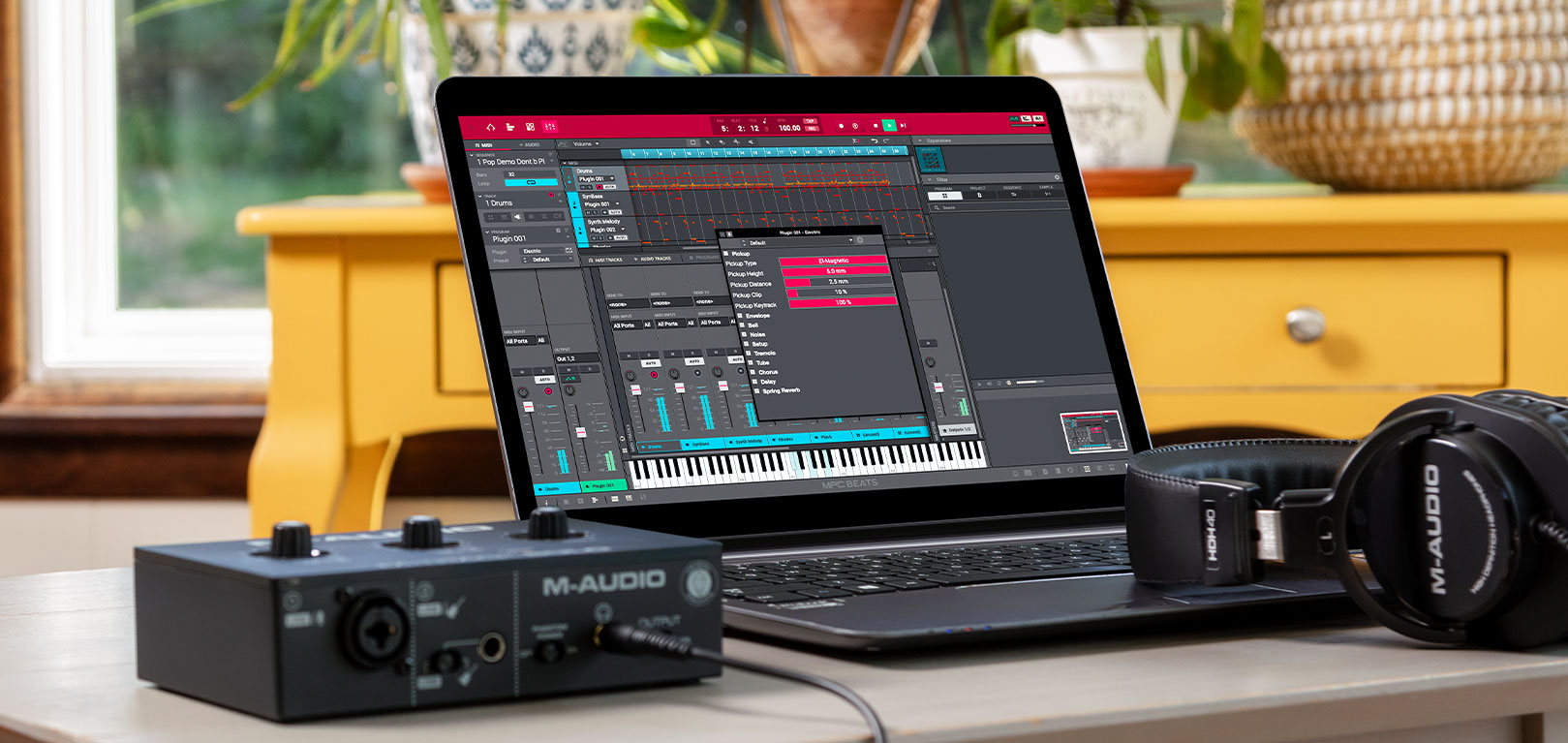
Navigating Legalities and Licensing for Multi-Platform Audio Distribution
I wrap up our discussion on mastering audio for different platforms by addressing an aspect you simply can’t ignore: the legal side of things. When you’re distributing audio content across multiple platforms, you must be aware of the legal frameworks and licensing regulations that come into play.
Whether you’re incorporating music into your productions or creating original compositions, copyright laws are there to protect creators and ensure fair use. It’s crucial to understand these laws to avoid legal issues that can derail your project and harm your reputation.
Monetisation is another area where you need to tread carefully. Each platform has its own rules for earning revenue from your audio content. Be sure to read the fine print and follow the guidelines precisely to avoid copyright strikes or revenue disputes that can affect your earnings and platform standing.
Securing music rights might seem daunting at first, especially if you’re on a tight budget. But take heart; there are affordable options available. You can look into royalty-free tracks or even collaborate with up-and-coming musicians who are willing to license their work for less.
Remember, adhering to licensing agreements and copyright laws isn’t just about following rules—it’s about respecting fellow creators. Seek advice from legal professionals if you’re uncertain, and always credit your sources when required. With these practices, you can ensure that your audio content is not only captivating and well-mastered but also legally sound.
